Here’s something unusual about Russia. Extreme poverty, as measured by the international poverty line of $1.90 per day is… zero! But the poverty rate under the national definition, i.e., the population share with income below $12.80 per day in 2017 (both poverty lines are in terms of 2011 purchasing power parity), is in double digits: 13.2 percent. This translates into around 19 million people living below the national poverty line—unacceptably high. So, it is no surprise that the poverty rate needs to be reduced. Specifically, the Decree of the President on May 7, 2018 called for “reducing poverty in the Russian Federation by half by 2024.” But can Russia really halve its poverty rate from 13.2 percent to 6.6 percent in the next six years?
The starting point is economic growth. Can growth alone accomplish this goal? The good news is that growth does reduce poverty in Russia. As Figure 1 shows, strong growth reduced the poverty rate from about 30 percent in 2000 to just under 11 percent in 2012. Periods of high growth are associated with lower poverty rates.
This is also true today. We estimate that at current annual growth rates of 1.5 percent, the poverty rate would indeed reduce poverty—from 13.2 percent to 10.7 percent by 2024. This is the “business as usual” scenario in Figure 2 below. But 10.2 percent is still short of the target rate of 6.6 percent. Growth is necessary but not sufficient.
But what if Russia were to catch up with the rest of the world and grow at 3.2 percent annually? In this case, we estimate that the poverty rate would fall to 8.1 percent—still above the stated goal of 6.6 percent. This is the “catch-up” scenario in the figure below. Consequently, to reach the presidential target of 6.6 percent, we estimate that the annual required growth rate would need to surge to 4.4 percent. Achieving such a high growth rate is not realistic under current circumstances.
The question is whether Russia can achieve halving poverty even under more realistic and modest growth scenarios. Our analysis finds that the answer is “yes.” The poverty rate target of 6.6 percent by 2024 could indeed be achieved even under a scenario of 1.5 percent annual growth. This can be done via additional redistribution, for example, in terms of social assistance and transfers. We estimate such additional redistribution to amount to around 0.27 percent of GDP per year. Of course, accelerating economic growth would make the task of poverty reduction easier. If Russia were to grow at 3.2 percent (slightly above the global growth rate of 3 percent), under perfect targeting, we estimate such additional redistribution to be only around 0.10 percent of GDP.
We caution though that this estimate assumes perfect targeting, and as such, should be viewed as a lower bound. If the assumption of perfect targeting is dropped, under current conditions, where only around 20 percent of the allocated budget reaches its intended beneficiaries, Russia would need to mobilize 1.35 percent of GDP to be able to redistribute 0.27 percent of GDP to the poor. However, improving targeting from the current 20 percent to even around 60 to 70 percent—which is in line with other countries—would require mobilizing only 0.39 to 0.45 percent of GDP annually.
Moreover, efficiency gains from existing programs could partly fund these additional transfers. These measures could include better targeting accuracy of the existing means-tested programs, including their consolidation into a single program providing much higher benefits; extension of means-testing to some of the currently not means-tested programs; and a significant increase in child allowances to children in families that have three or more children and children of single parents.
As Russian policymakers tackle the goal of halving poverty, it is heartening to know, that at least based on our analysis, accomplishing this laudable goal is now within reach.



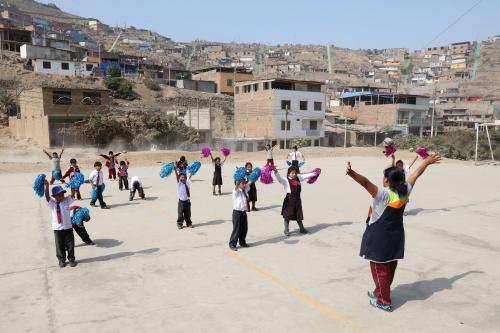
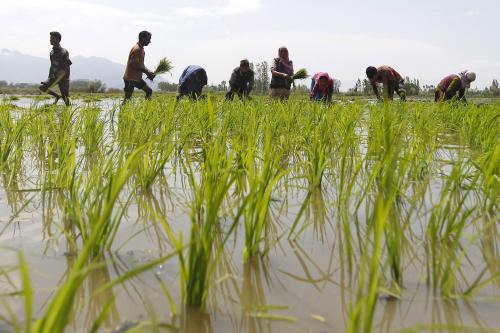
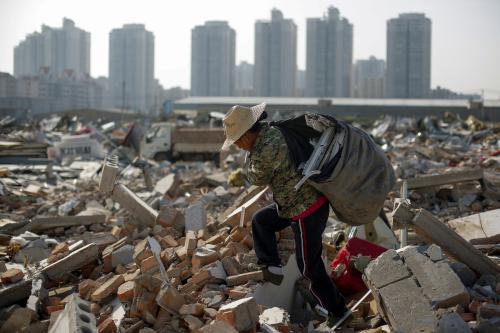
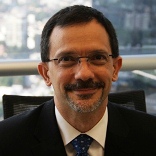
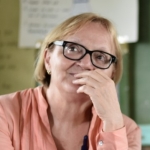



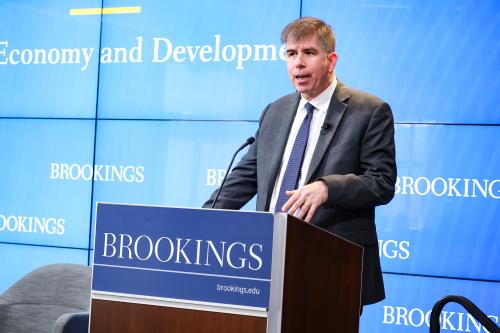
Commentary
Can Russia halve poverty by 2024?
May 9, 2019